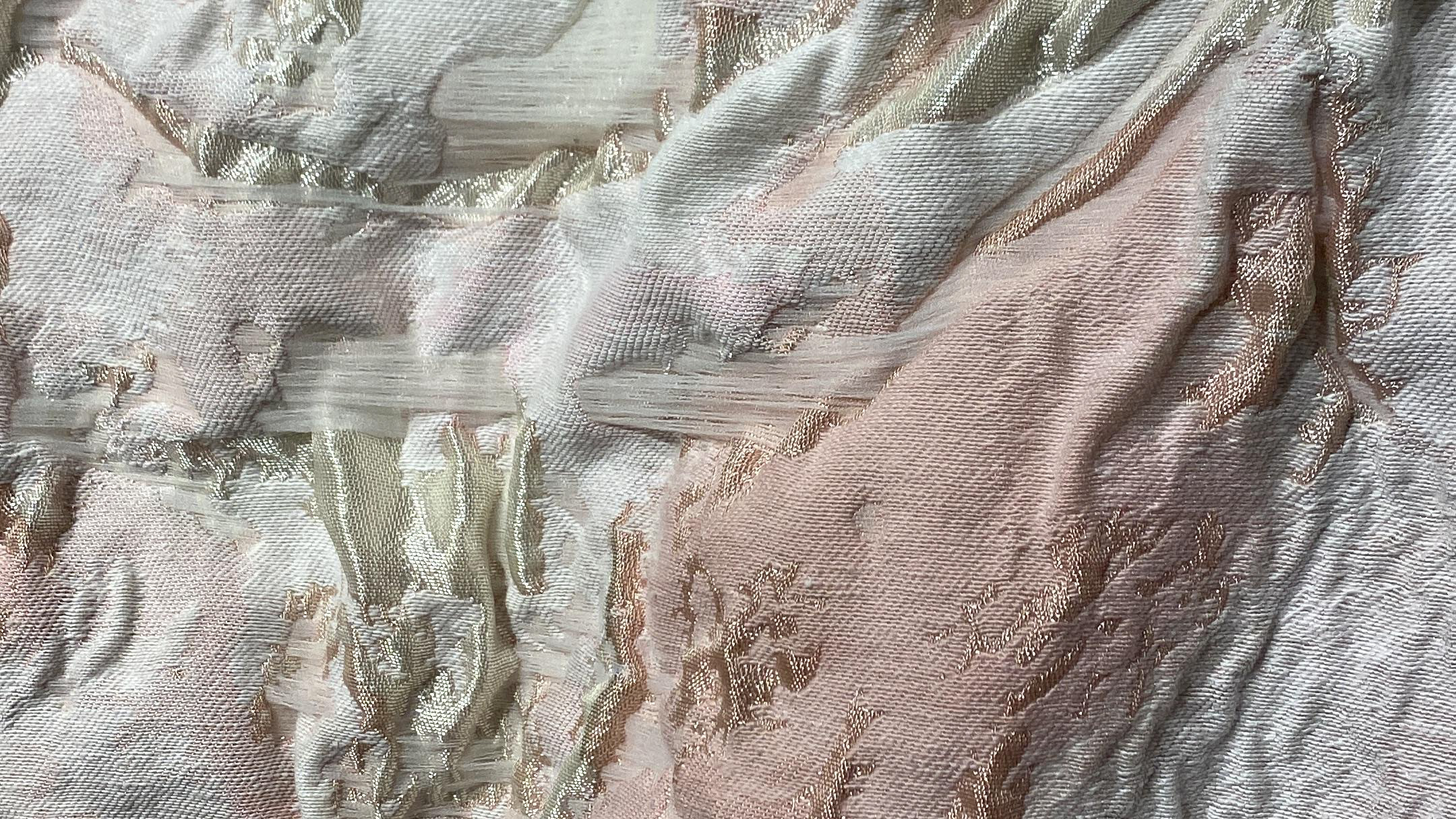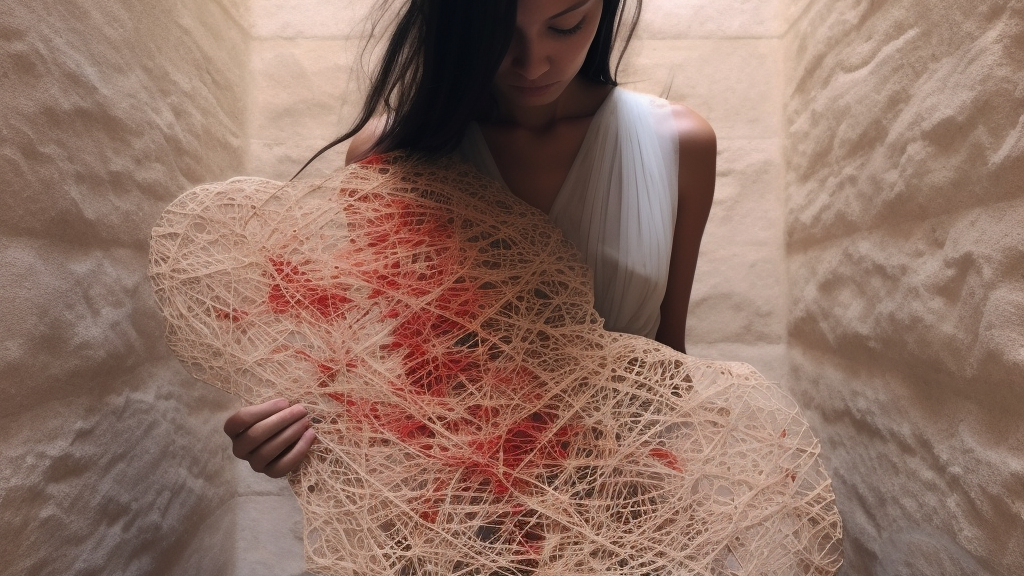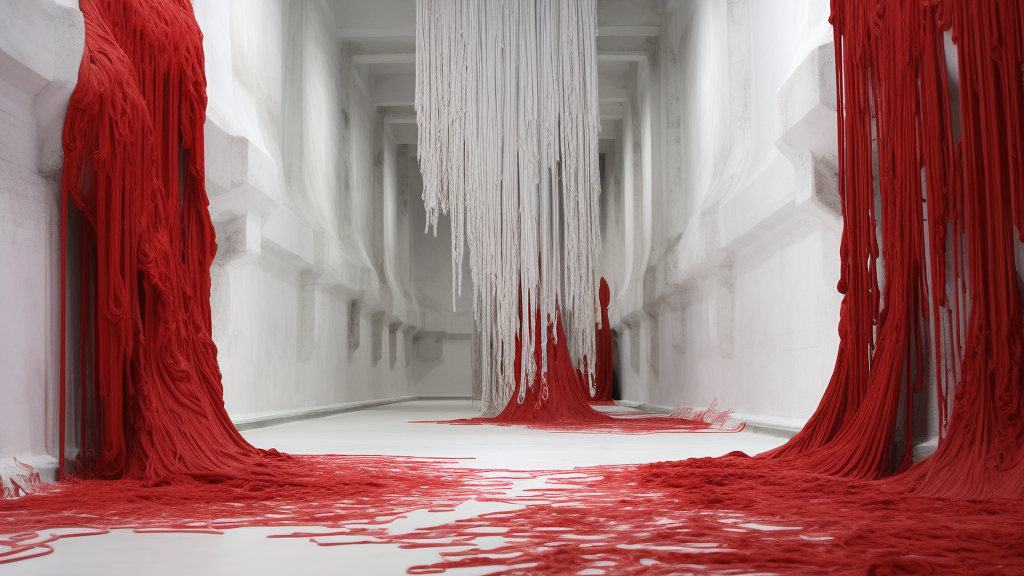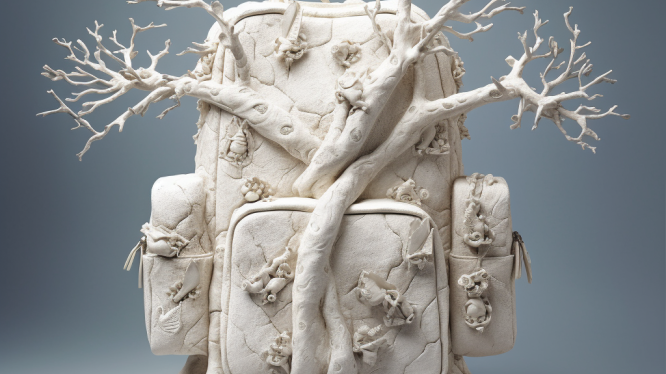
2024
FEEDback

2024
Video

2023
Photographic Works

2023
Digital Sets

2023
Trayma_Travel

2023
Trayma_ Penance

2023
Trayma Naturalia

2023
Virtual Trayma_ Sense01

2023
Trayma Analyses

